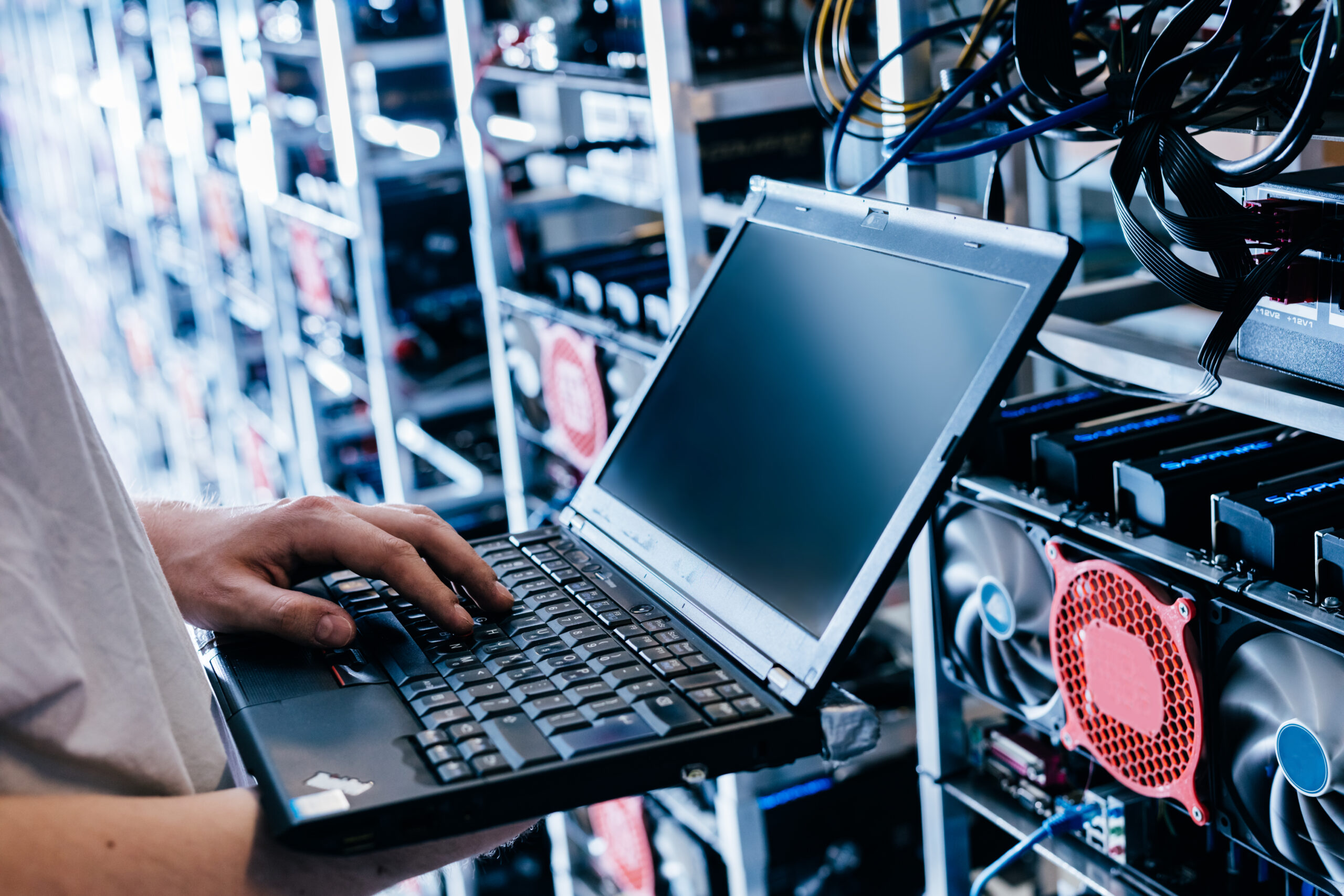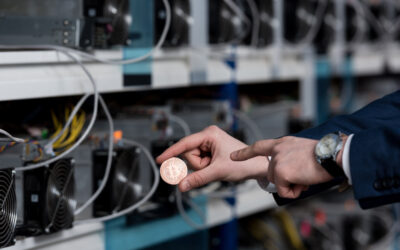Bitcoin mining is one of the most fundamental topics in the Bitcoin ecosystem. Often surrounded by technicalities, its understanding can be challenging for the general public. However, it is fundamental to the operation and security of Bitcoin.
How does it work?
Bitcoin mining is, in essence, the process by which transactions are verified and recorded on the Bitcoin blockchain. This process is done through powerful, specialized computers known as Application Specific Integrated Circuits (ASICs) or “miners.”
The miners compete with the goal of performing billions of calculations per second, a brute force approach to guessing a correct ‘nonce’, which grants the miner the right to add the new block to the blockchain and claim the block reward (6.25 bitcoin currently). The process restarts with each new block mined-which occurs on average every ten minutes, maintaining Bitcoin’s security and integrity.
The difficulty of guessing the nonce is adjusted every 2,016 blocks or in other words every two weeks-a dynamic called “difficulty adjustment” which is an integral feature of the original bitcoin protocol. The more miners compete to mine bitcoin, the higher the difficulty level of mining it. In this way, the network protects itself against the risk of a single miner coming to dominate the network, causing centralization of mining.
To visualize what mining is, imagine you are in a vast library looking for a book with a specific code on the last page, but you don’t know what that code is. The nonce in Bitcoin mining is like guessing page numbers to find the right book. Miners try different page numbers (nonces) in a massive library (the blockchain) to find a special book whose encoding on the last page (the hash) matches the library’s strict input requirements (the difficulty level of the network). When a miner guesses the correct page number, he receives a prize (the block reward), and a new book is added to the library, starting the search from scratch again.
This process is not only crucial for adding transactions to the public Bitcoin registry and maintaining the integrity and transparency of the network, but it is also the method by which new bitcoin is created. Since the amount of bitcoin that can be mined is limited to 21 million, mining plays an important role in regulating the supply of this digital asset.
Bitcoin mining consumes a significant amount of electrical power, which has generated debates about its environmental impact. However, many miners such as Volcano Energy are looking to use renewable energy sources to reduce their carbon footprint.






